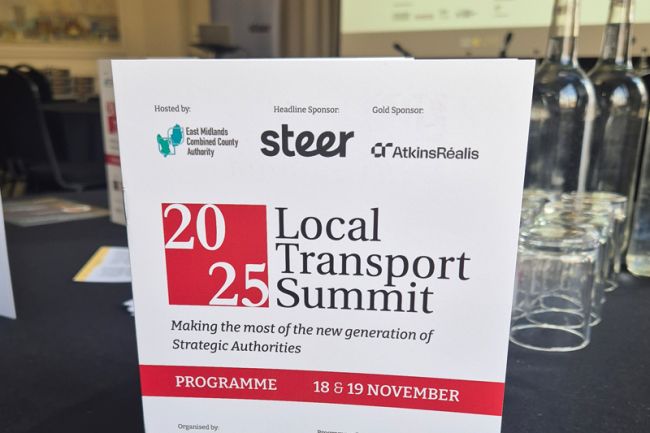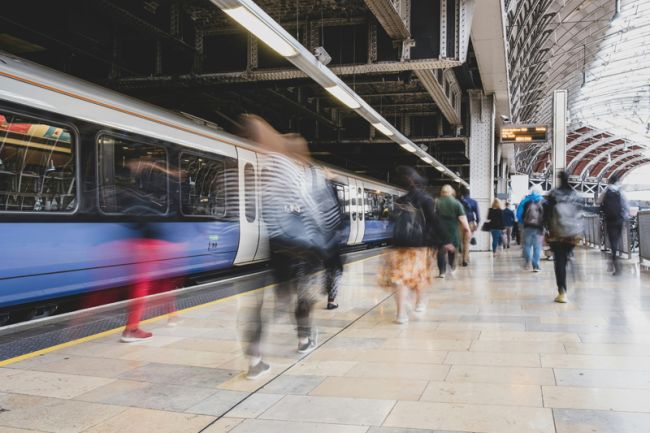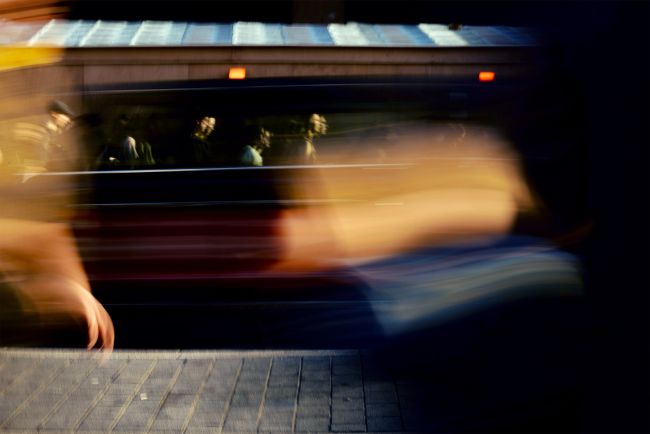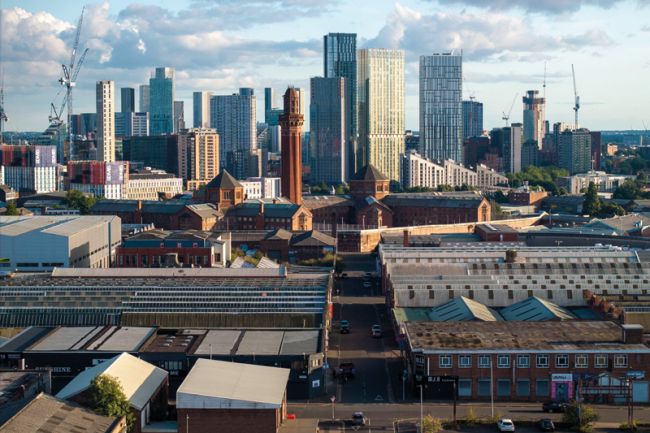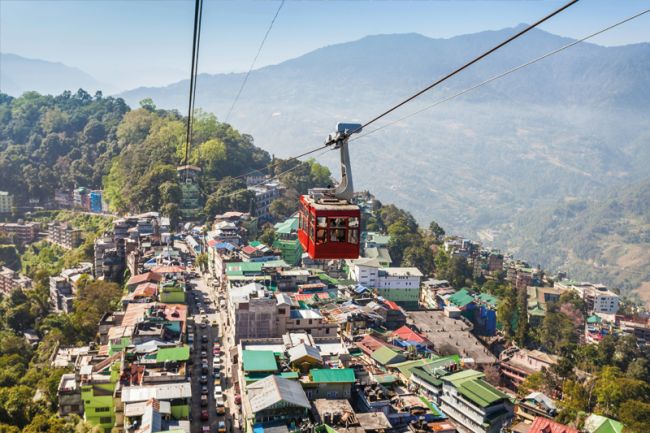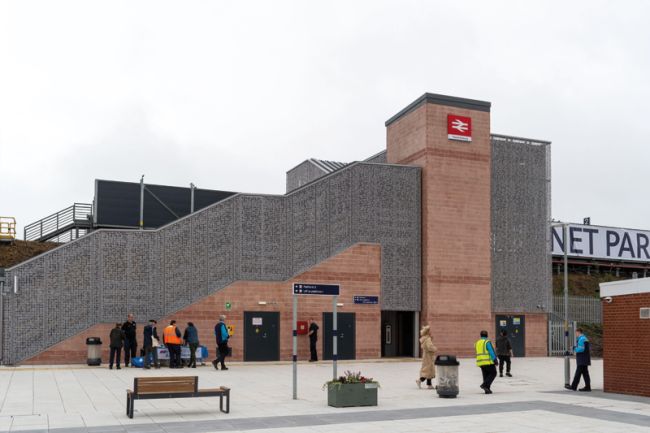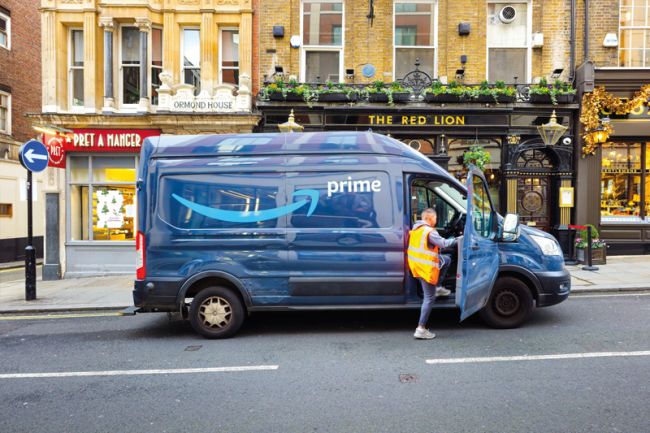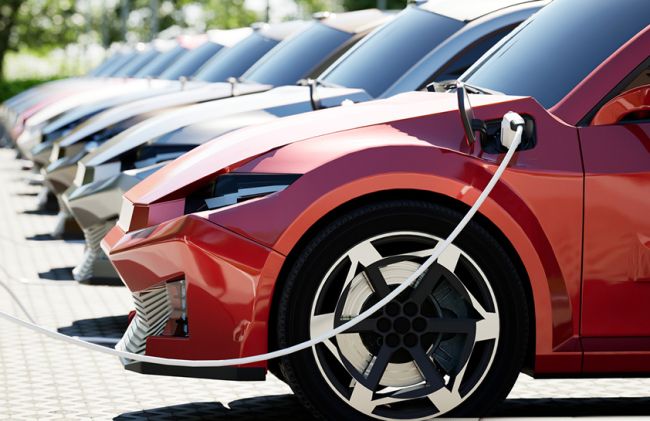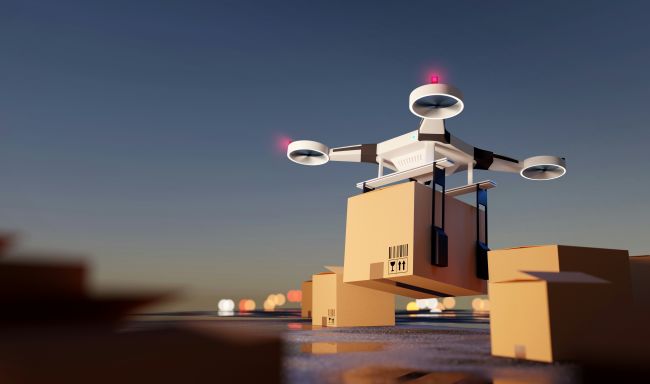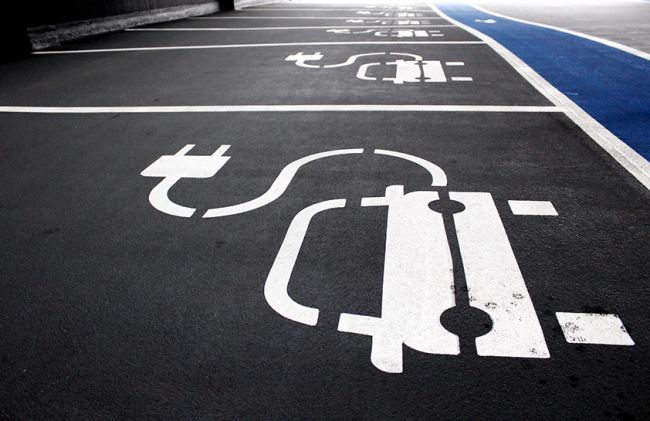Nuro’s Head of Policy discusses the benefits and evolution of self-driving delivery vehicles in the US
Autonomous vehicles are sharing our roads today and delivering everything from pizzas to medical supplies.

 The use of autonomous vehicles (AVs) will revolutionize the convenience and efficiency of last-mile delivery. Autonomous delivery services can provide an effective solution to carry goods from local stores and restaurants to improve access to food and essential supplies while enhancing safety, reducing congestion and transport emissions. We recently interviewed Nuro’s Head of Policy, Matthew Lipka, to understand the advantages and challenges of these electric custom-built vehicles. We gain insight into how AVs can better serve communities and aid with wider challenges such as decarbonization; explore the regulatory factors involved in placing driverless vehicles on America’s roads.
The use of autonomous vehicles (AVs) will revolutionize the convenience and efficiency of last-mile delivery. Autonomous delivery services can provide an effective solution to carry goods from local stores and restaurants to improve access to food and essential supplies while enhancing safety, reducing congestion and transport emissions. We recently interviewed Nuro’s Head of Policy, Matthew Lipka, to understand the advantages and challenges of these electric custom-built vehicles. We gain insight into how AVs can better serve communities and aid with wider challenges such as decarbonization; explore the regulatory factors involved in placing driverless vehicles on America’s roads.
Nuro is the first robotics company approved to operate a driverless delivery service in California. Matthew highlights, “We developed the software that allowed the vehicle to drive itself from the store to the customer’s curb, and we own and operate these vehicles. In addition, we have partnered with leading retailers, such as Domino’s and Kroger to bring groceries, medicine, pizza and ultimately anything else you need”.
As Head of Policy at Nuro, Matthew is responsible for three core company initiatives:
- Developing policy research and messages around benefits and policy issues
- Engaging with policymakers to educate and advocate for policy positions
- Participating in city and community engagement in local municipalities where Nuro operates to build trust amongst neighbourhoods.
What are the advantages of contactless delivery services to cities, businesses, and local communities?
- Access to more affordable goods that are delivered efficiently and conveniently for people living in cities
- Avoiding the human causes of error such as speeding, distraction and impairment to reduce the number of road accidents - more than 37,000 deaths are recorded yearly on US roadways alone; therefore, safety is of paramount importance.
- Reducing carbon emissions and air pollutants due to fewer vehicles on the roads
- Creating new jobs in the community – hiring people to pick and pack the goods and operate the vehicles
- Expanding access to everyone – more than 20 million people living on low incomes are in food deserts, and it’s difficult for them to travel to a store due to distance or not having access to a car.
Last year, Nuro commissioned Steer to conduct an independent study to evaluate the potential economic impacts and wider benefits of introducing contactless delivery services in the US between 2025 and 2035. Matthew reports, “the study concluded that there are some substantial economic impacts and being able to quantify those are really helpful when one, dealing with policymakers to understand the significance of this new technology and secondly, it’s important for us to reaffirm our decision to build zero emission vehicles”. Taking these factors into consideration and upholding their ambitions to expand, Nuro’s immediate focus lies within developing a partnership with local institutions to start building skill sets and creating training programs to fill the important jobs needed to maintain the robotic vehicles.
Reaction to the pandemic
Matthew highlights some of the biggest challenges faced during the pandemic - one being the vast increase in demand for contactless delivery services. “Nuro saw a five-year growth in just eight weeks due to the substantial uptake in eCommerce. Testing and operations were also significantly impacted as originally, and we had planned to use our test vehicles with two safety operators overseeing and deploying our zero-occupant robot, the R2, in commercial service”. However, once COVID-19 hit, Nuro’s strategy consequently shifted as they partnered up with the California Office of Emergency Services to provide deliveries to emergency sites, maintaining low numbers in patient areas. The vehicles transported food, medical supplies and other necessities into patient areas while also partnering with several food banks such as Houston Food Bank to bring supplies to needing families and communities. In 2021, Nuro began delivering Domino’s Pizza with R2 in Houston.
Evolving people perception
Nuro’s vehicles have been well received, with tremendous feedback from users. Part of the positive feedback derives from a fascination with advanced technology and the fun element it demonstrates, combined with the low price and punctual distribution. “Other parts of the community including Mayors, Law enforcement, City council members, and the general public were coming out to see Nuro at local community events like the Houston Tech Rodeo or the Mountain View Art and Wine Festival and have really embraced the technology and interacted well to find answers to their curiosity”, Matthew is proud to report. While it’s a long-term process to gather the trust and vision of everyone, more conversations lead to a greater understanding of how autonomous vehicles benefit and fit with city priorities and net zero initiatives.
What’s next for Nuro?
Nuro recently announced a new end of line manufacturing facility and test track in Nevada, the first facility designed to produce zero-occupant vehicles and develop Nuro’s next-generation vehicle, enabling further scaling to more cities and communities. Matthew defines the industry as being at the “pilot stage”, with the next couple of years anticipated to be more at a city scale across multiple communities. However, meeting the ambitious timeline of rolling the service out into wider areas comes with its own difficulties. Firstly, the technology – moving from the research and development (R&D) phase to the commercialization phase is a challenge as it’s all relatively new. Secondly, the regulation – current rules governing motor vehicles at the federal level were written over the last 50 years when these vehicles were science fiction. So the establishment of a regulatory framework for vehicles that don’t contain a brake pedal or side-view mirrors will be essential. The final and most critical challenge will be gaining public acceptance and trust; in the abstract, people have many questions; therefore, addressing these concerns and curiosity is paramount before deployment.
What does the future of travel look like?
AVs need to be electric and shared vehicles, Matthew claims. “The future is electric, and yet today in the US, only 1.5% of all vehicles on the road are electric, and that’s lower in trucks than it is in passenger car segments. We must seize this opportunity; Nuro is building a battery electric vehicle with R2 and our future vehicles”. As pointed out by Steer’s study, in terms of the wider economic impact across the US from delivery AV services, between 2025 and 2035, there is an expected reduction in CO2 emissions of 407 million short tons, which is the annual equivalent of 88 million passenger vehicles off the road for one year - a significant potential impact.
As we discuss what the future of travel will look like, Matthew reveals, “if you think back to 1995 when Amazon started and shipped its first book with a 2–3-week delivery slot, to now offering a free, one-day delivery option, the expectation and demand is constantly changing. By 2030 the expectation will no longer be two weeks or two days, but now, and this will completely evolve how we live and travel in the future”.
